
●Manners and Rules in Japan●
Local Manners That Can Be Challenging When Traveling Abroad
Enjoy experiencing and practicing cultural differences while immersing yourself in a new environment!
Basic Manners for an Enjoyable and Memorable Trip in Japan
To make your travels in Japan more enjoyable and memorable, here are some essential manners to keep in mind.
In public transportation, it is recommended to refrain from talking on the phone and to offer priority seats to the elderly. Trash bins are scarce in public areas, and waste separation is strictly regulated. These customs may seem unique, but they are part of Japan’s culture and daily life.
To help you navigate these cultural nuances, we introduce essential manners and rules based on different situations, such as dining at restaurants and using public transportation. We hope you have a pleasant and comfortable stay!
※ Please note that most people in Japan do not speak English or other foreign languages.
Useful Tips & Manners for Restaurants and Izakayas
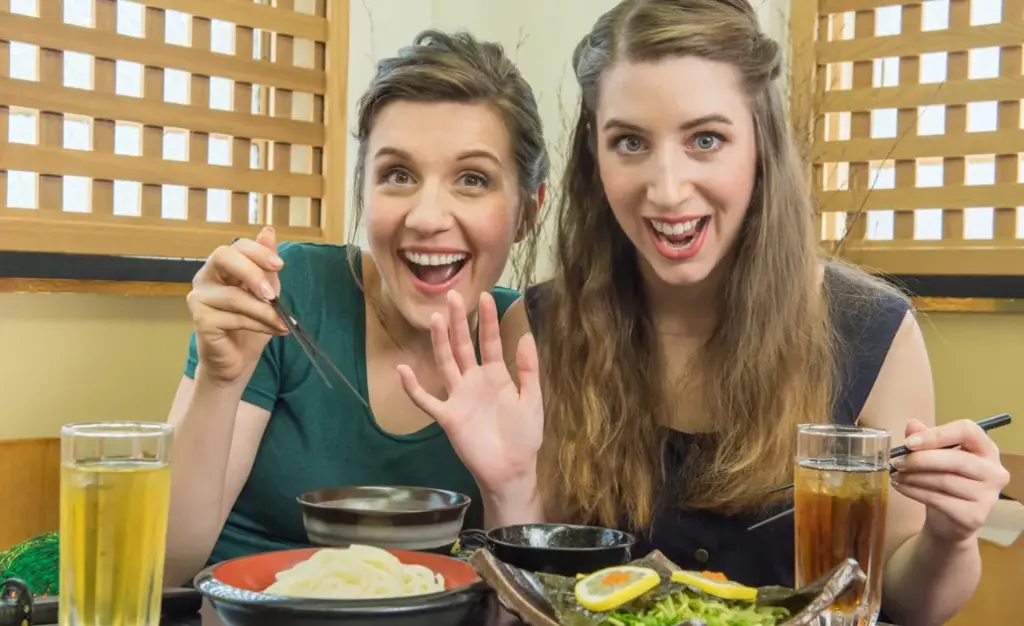
① Types of Restaurants
・In Japan, many restaurants specialize in a specific type of cuisine, such as sushi, ramen, or yakiniku. You’ll often need to choose a restaurant based on the type of food you want to eat.
・Many restaurants operate according to specific time slots, with different establishments open for breakfast, lunch, dinner, cafes, and bars.
② Reservations & Punctuality
・If a restaurant is full, you may need to wait outside. Always follow the order of the queue and do not cut in line.
・On weekends or at popular restaurants, reservations may be required. Check in advance online or by phone (if you speak Japanese) and make a booking to ensure a smooth dining experience.
・Be punctual for your reservation. If you will be late, be sure to call and inform the restaurant.
・Upon entering, inform the staff of the number of people in your party so they can guide you to your table.
③ Entering the Restaurant
・You will often be greeted with “Irasshaimase!” upon entering, which means “Welcome!” A simple nod or smile is a polite way to respond.
・Some restaurants offer counter seats, table seats, or traditional tatami seating. If using a tatami room, remove your shoes and neatly place them in the designated area.
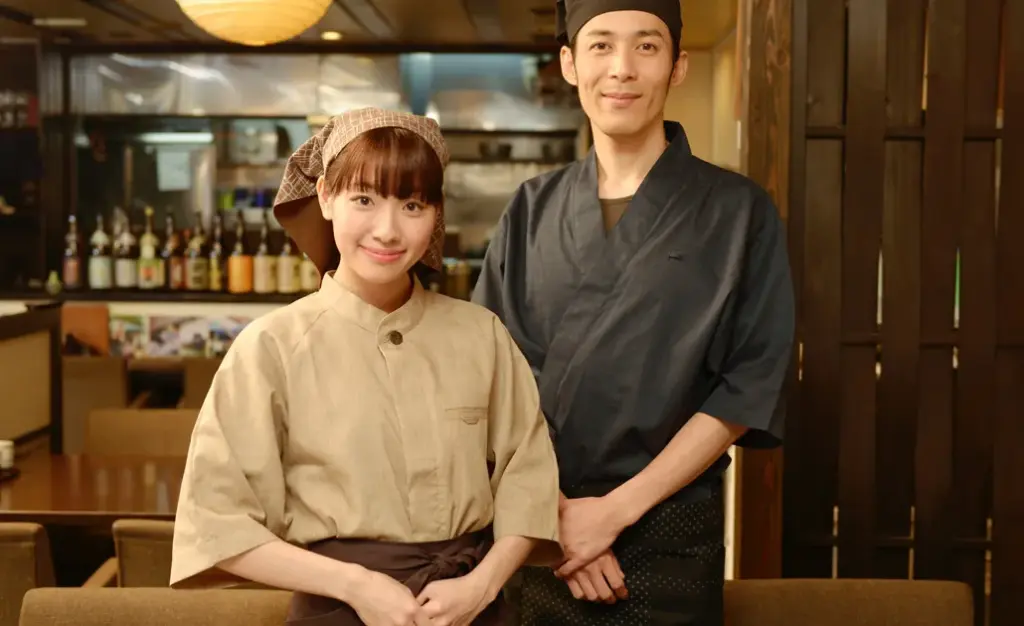
④ Smoking
・Most restaurants in Japan are non-smoking, but some allow smoking or have designated smoking areas.
⑤ How to Order
・Check the menu and call a staff member when you are ready to order. Try to place your order all at once rather than making multiple requests.
・At izakayas, each person is generally required to order at least one drink.
・In most restaurants, each person is expected to order at least one dish.
・A small appetizer called “Otoshi” (charged) may be served automatically. It is considered part of the table charge, so please be aware of this practice.
・Some restaurants provide English or Chinese menus, so feel free to ask the staff.
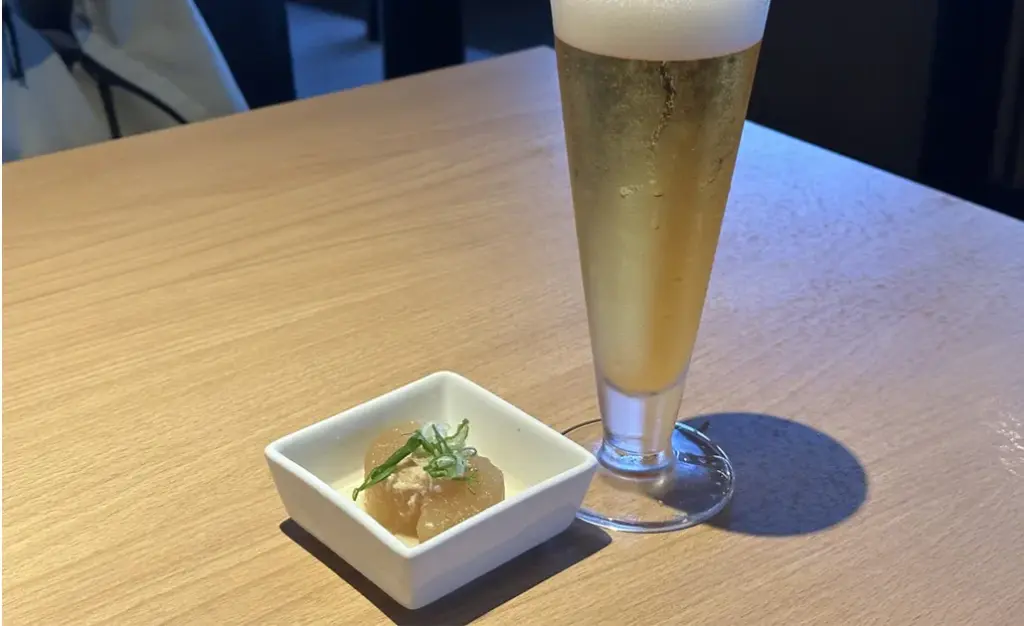
⑥ Water & Oshibori (Wet Towels)
・In most restaurants (excluding izakayas), water or tea is provided for free. If not, a self-service station with free water or tea is usually available.
・Oshibori (wet towels) are provided to clean your hands before eating.

⑦ Table Manners
・Avoid making loud noises while eating. However, slurping ramen or soba is considered acceptable.
・Speak quietly, avoid moving tables or chairs unnecessarily, and do not walk around while eating.
・Use chopstick rests, and do not stab food with your chopsticks.
・Try not to leave food behind. Order only what you can finish.
・In izakayas, it is common to share dishes with the group. However, at restaurants specializing in udon or ramen, each person is expected to order their own dish.
・Bringing outside food and drinks into a restaurant is generally not allowed.
⑧ Payment
・Payment is usually made at the cash register, not at the table. Do not leave cash on the table and walk away.
・At izakayas, it is common for one person to pay the total bill instead of splitting payments individually.
・While cash payments are the norm, many restaurants also accept credit cards and IC card payments.
⑨ Tipping
・In Japan, tipping is not required. Many luxury hotels and high-end restaurants include a service charge of 8–15% in the total bill, so additional tipping is unnecessary.
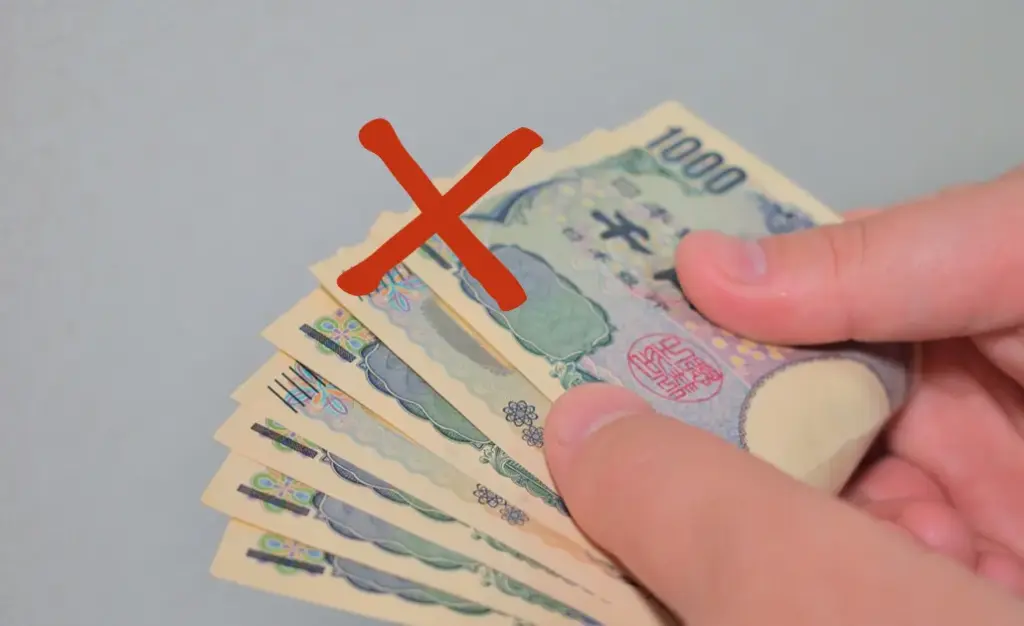
Manners and Rules for Trains in Japan
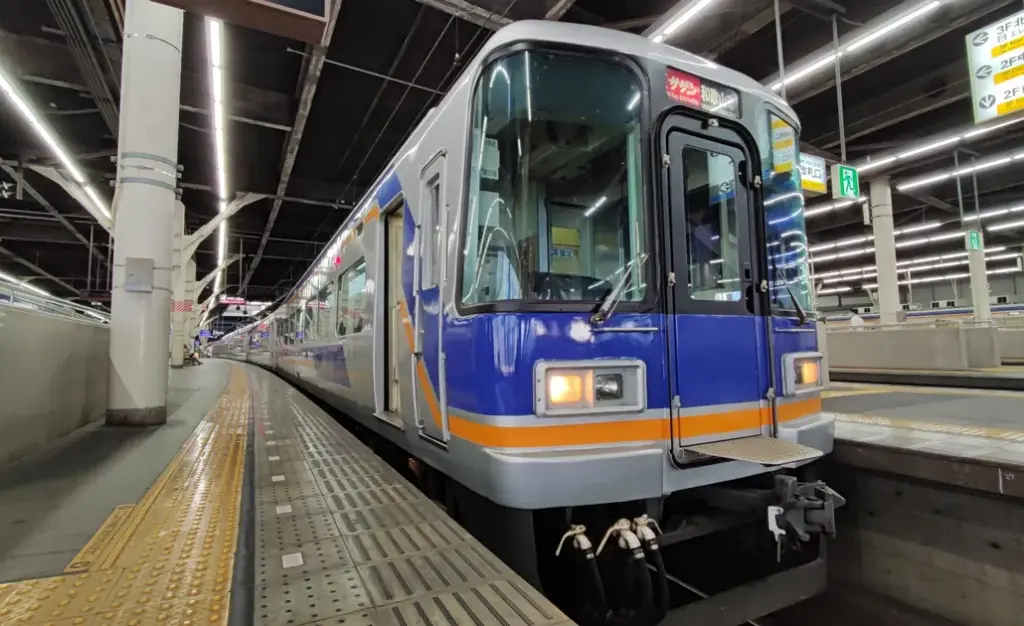
① Public Transportation in Japan
・Japan’s public transportation, including trains and buses, is known worldwide for its punctuality. Despite carrying millions of passengers daily, delays are rare, and visitors are often amazed by its accuracy.
・On escalators, people stand on one side and leave the other side open for those who wish to walk. This custom varies by region—in Osaka, stand on the right and leave the left side open for passing pedestrians.
② Inside the Station
・For safety reasons, avoid using your smartphone while walking inside the station. Stop in a safe area before using your phone.
・Do not place luggage in the middle of walkways, as it can obstruct pedestrian flow.
・Running inside the station to catch a train is dangerous and should be avoided.
・When waiting for a train, passengers line up at designated boarding positions. Especially during rush hours, following the order helps ensure smooth boarding and exiting.

③ Inside the Train
・It is customary to remain quiet on Japanese trains. Speaking loudly is considered bad manners and one of the most disruptive behaviors.
・Avoid talking on your phone. Instead, use silent mode and communicate via text messages.
・If listening to music, use headphones and ensure the volume is low enough to prevent sound leakage.
・Store large luggage like suitcases and backpacks on overhead racks or keep them at your feet. Do not block the aisles, doorways, or occupy extra seats with luggage.
・Avoid spreading your legs wide while seated, as it takes up extra space.
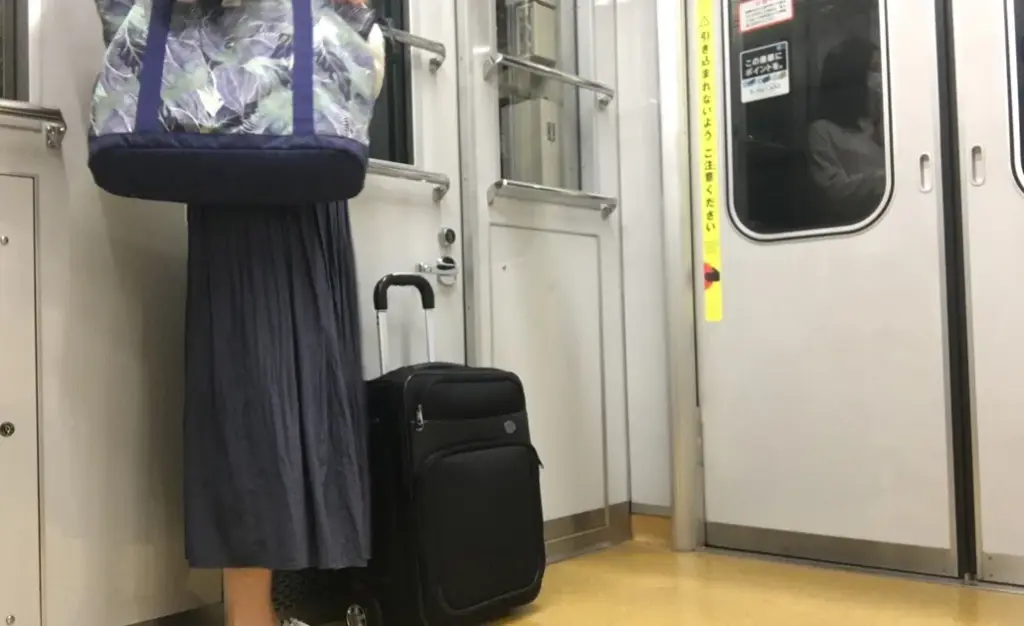
・If a child kneels or stands on a seat, remove their shoes to keep the seat clean.
・Offer priority seats to the elderly, pregnant women, and individuals with disabilities.
・Eating and drinking on regular trains should be avoided. On long-distance trains, be mindful of those around you when consuming food.
Manners and Rules in Public Spaces and on the Streets in Japan
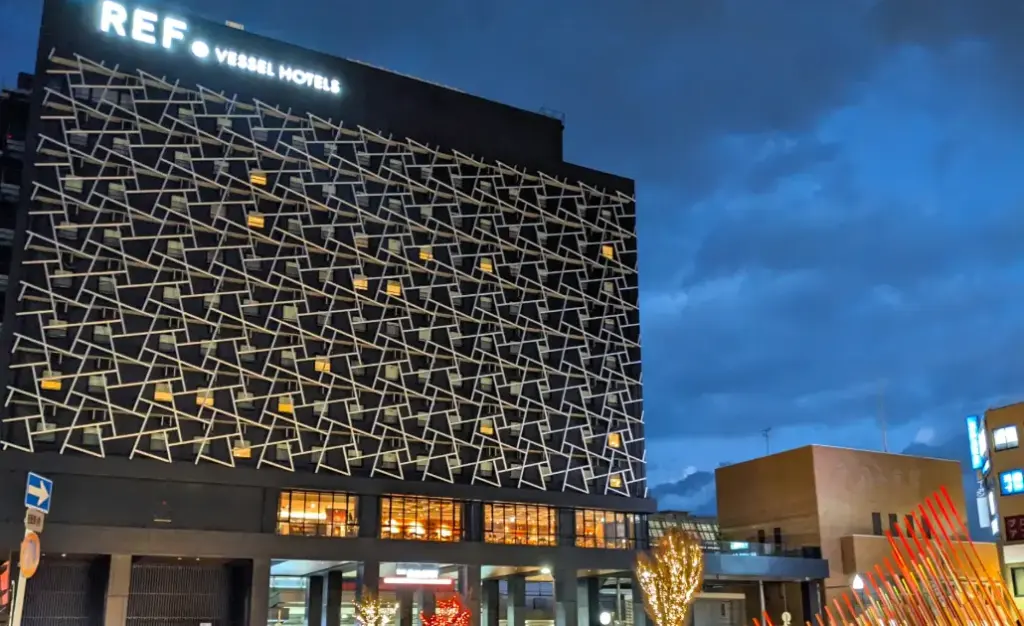
① Pedestrians
・In Japan, cars drive on the left side of the road, so pedestrians generally walk on the right side.
・Using a mobile phone while walking is considered dangerous. For safety, stop in a safe place before using your phone.
・Always use pedestrian crossings and wait for a green light before crossing the street. Ignoring traffic signals is highly dangerous.
② Garbage Disposal
・Public trash bins are rare in Japan, so you may need to carry your trash until you find a designated disposal area. Avoid littering and consider taking your waste back to your accommodation or disposing of it in bins at stations or other public facilities.
・Follow local waste separation rules when disposing of newspapers, magazines, bottles, cans, and other recyclables.
③ Smoking
・Many cities prohibit smoking while walking. This is to prevent accidental burns, reduce secondhand smoke exposure, and maintain cleanliness.
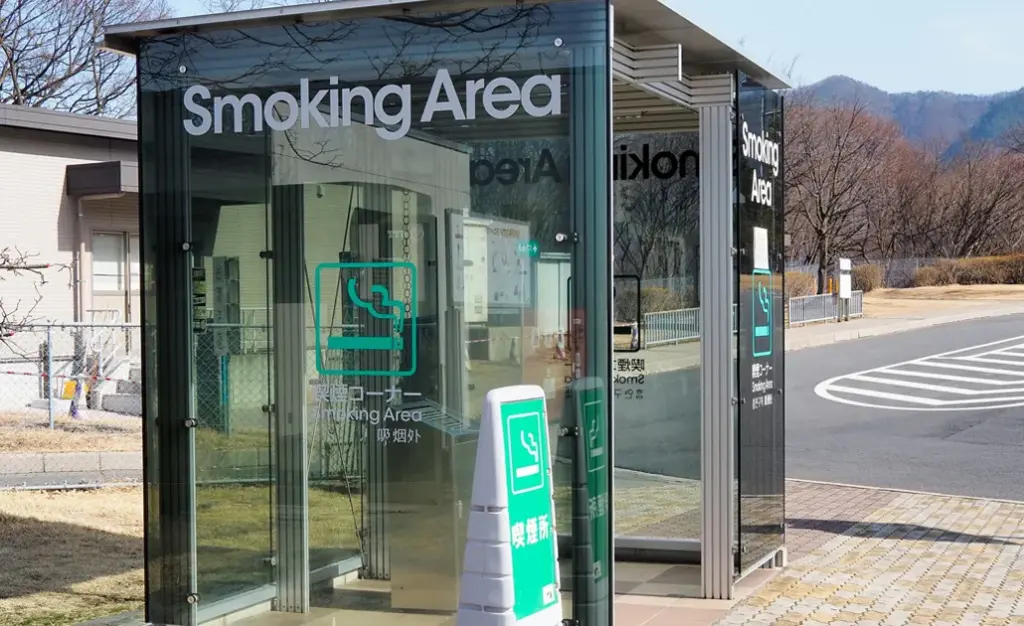
・Always smoke in designated smoking areas, which are usually found near public facilities, office buildings, and train stations.
・Smokers are encouraged to carry a portable ashtray to properly dispose of cigarette butts and avoid littering. These can be purchased at convenience stores.
・Be mindful of those around you while smoking. Avoid smoking near children, pregnant women, and the elderly, and always ensure that you are not inconveniencing others.
④ The Importance of Lining Up
・In Japan, people are accustomed to forming orderly lines. Whether at supermarket and convenience store registers, bus stops, or ticket counters at tourist sites, always respect the queue and wait your turn.
⑤ Photography
・Avoid taking photos in restricted areas or on private property where photography is not allowed. Additionally, respect people’s privacy and do not take photos of individuals without their consent.
・In major cities, flying drones without official permission is strictly prohibited.

●How to Visit Shrines and Templespan●
How to Visit Shrines and Temples Respectfully
When visiting a shrine or temple, approach with gratitude and sincerity. Take a moment to reflect and offer your prayers with a clear and peaceful mind.
While there are no strict dress codes, it is recommended to wear clean and modest attire out of respect for the sacred place.
Shrine Visiting Etiquette
・Bow before passing through the torii gate, as a gesture of respect. When leaving, turn around and bow again after stepping out of the gate.
(“Bow” refers to a deep and respectful bow.)
・The center of the path (sando) is reserved for the gods, so walk along the sides.
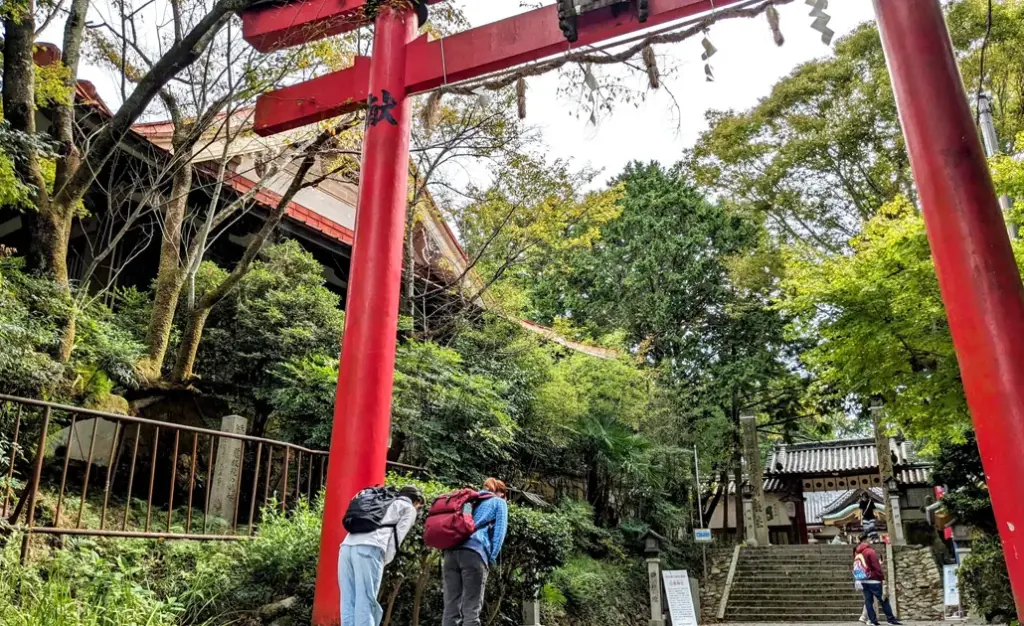
How to Perform Temizu (Purification Ritual)
The temizu ritual originates from the ancient purification practice of misogi, where people would cleanse themselves in rivers or the sea before approaching the gods. Cleansing your hands and mouth at the temizuya (purification fountain) is an essential step before offering prayers at a shrine.
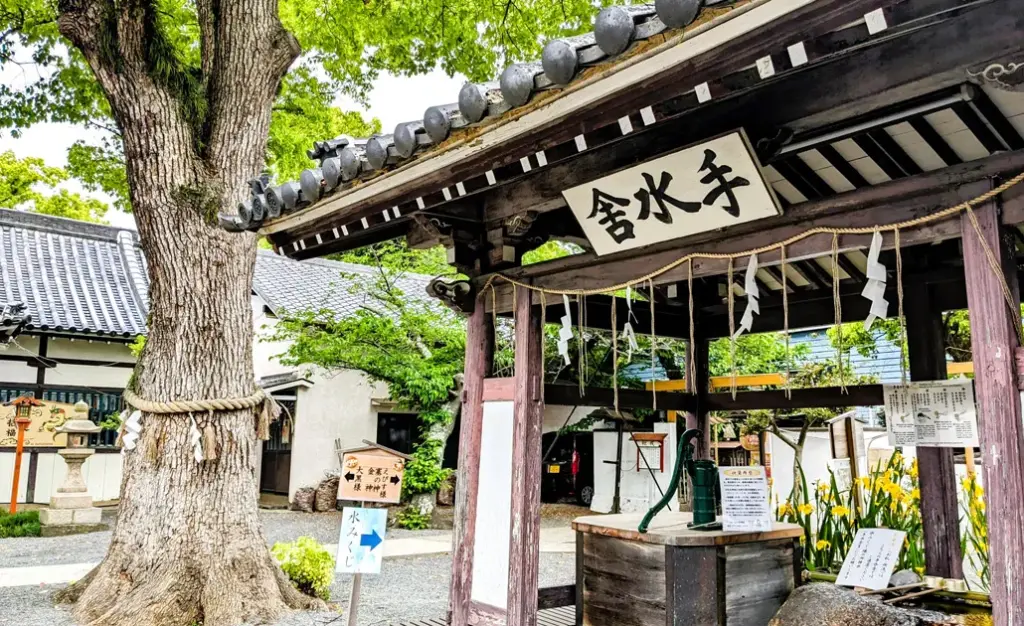

Steps for Proper Temizu Etiquette:
① Take the ladle (hishaku) in your right hand and scoop up some water.
② Pour water over your left hand to cleanse it, then switch the ladle to your left hand and cleanse your right hand.
(Be careful not to let water drip back into the basin.)
③ Switch the ladle back to your right hand, pour some water into your left palm, and rinse your mouth.
(Do not drink directly from the ladle.)
④ Cleanse your left hand again after rinsing your mouth.
(Consider the next person and return the ladle neatly.)
How to Perform a Proper Bowing and Prayer at a Shrine
(Reihai no Sahō)
Shrine Worship Etiquette
The standard method of worship at shrines across Japan follows the “Two Bows, Two Claps, One Bow” ritual. However, some shrines have unique practices. In such cases, be sure to follow the specific etiquette of that shrine when offering your prayers.
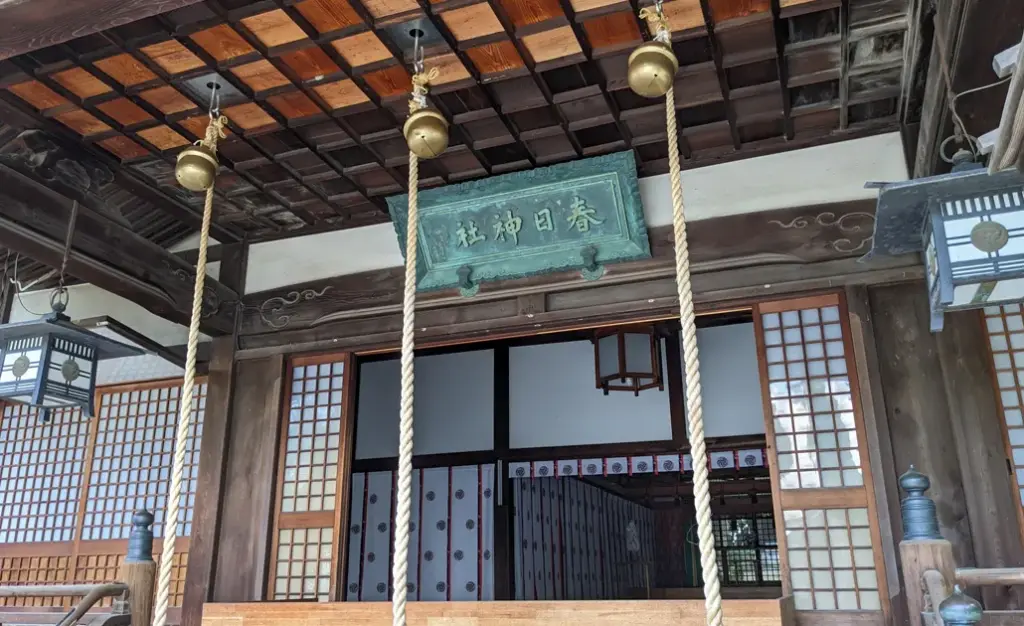
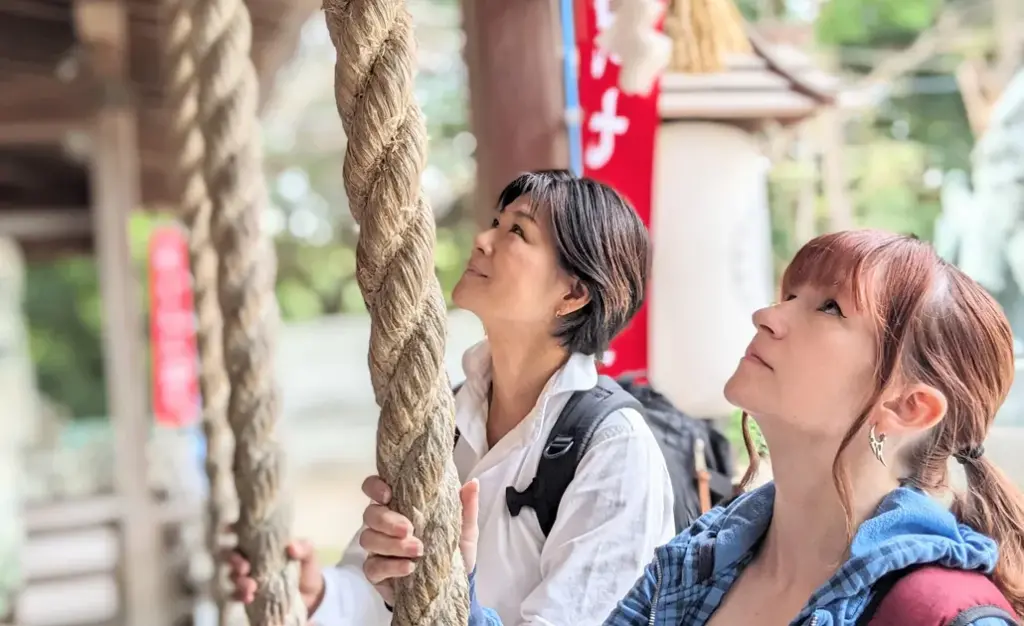
Steps for Proper Shrine Worship
① Place an offering in the donation box inside the main shrine hall, then shake the rope or cloth hanging from the bell to ring it.
The basic prayer ritual follows the “Two Bows, Two Claps, One Bow” rule.
Start by bowing deeply twice to show respect.
② Bring your hands together at chest level, slightly lower your right hand, and clap twice.
③ After clapping, align your hands again and offer your silent prayer.
④ Bow once more before stepping back respectfully.
By following these steps, you can properly show reverence during your shrine visit.
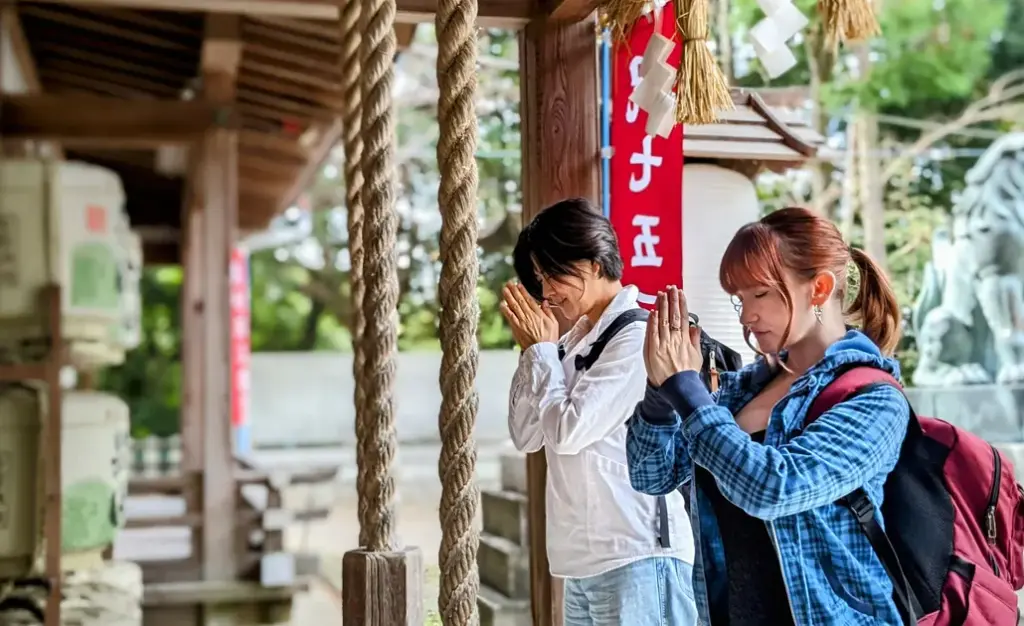
After worshiping at the main shrine, take the time to visit the smaller shrines within the grounds. These often enshrine deities connected to the local area or of special significance.
There is no fixed amount for offerings (osaisen). Some people choose 5 yen (as it sounds like “go-en,” meaning “good fortune”) or 45 yen (meaning “continuous good fortune”), but there is no officially designated amount.
The most important thing is not the amount or wordplay, but offering your donation with sincerity and gratitude.
Goshuin & Omamori
A Goshuin is a seal stamp received as proof of visiting a shrine.
Omamori (protective amulets) are meant to be carried with you at all times to receive the blessings of the deity.
After finishing your prayer, you may receive a Goshuin, purchase an Omamori, or draw an Omikuji (fortune slip) as part of your shrine visit.
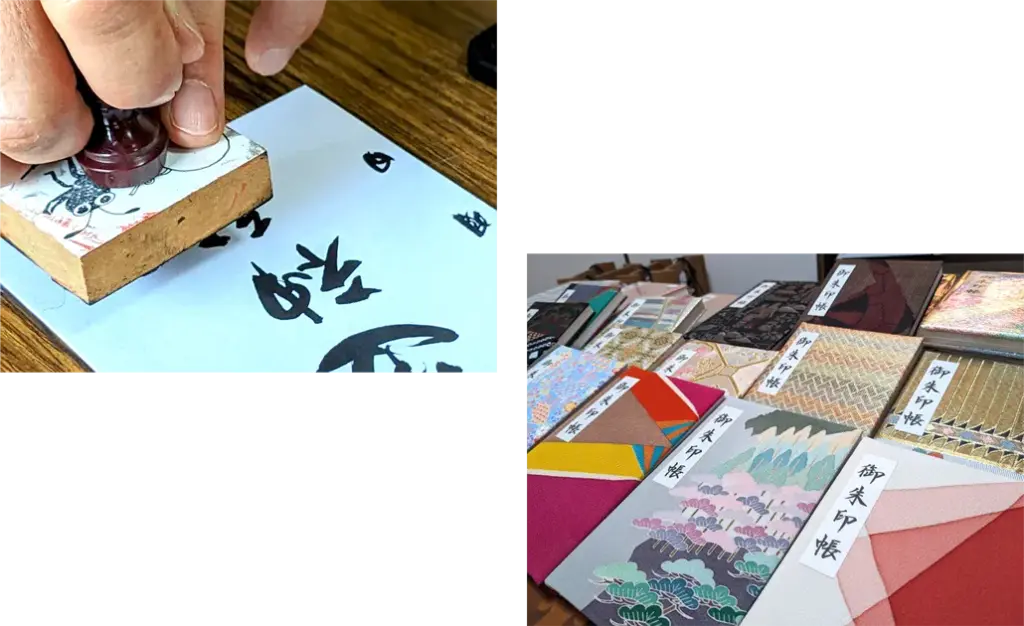
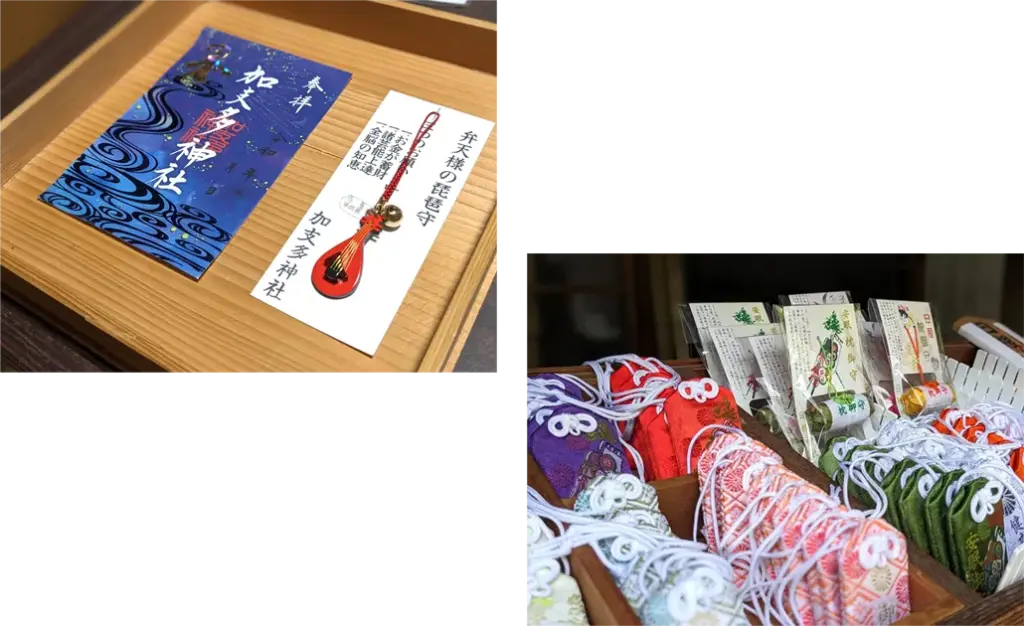
Omikuji (Fortune Slip)
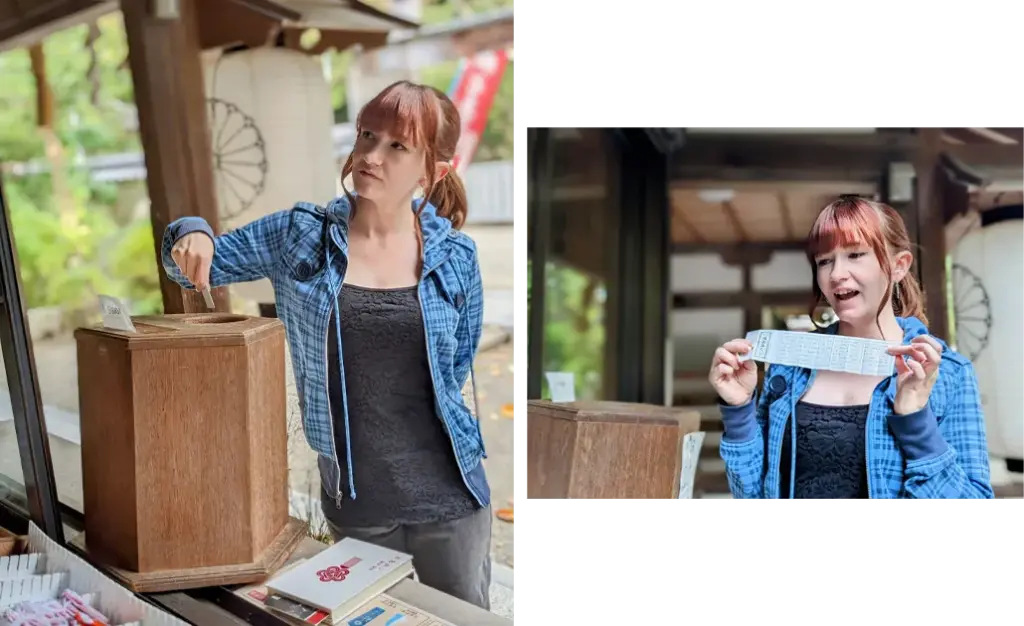
Many visitors draw Omikuji at shrines to check their fortune. These slips predict luck, both good and bad, with various types offering unique insights.
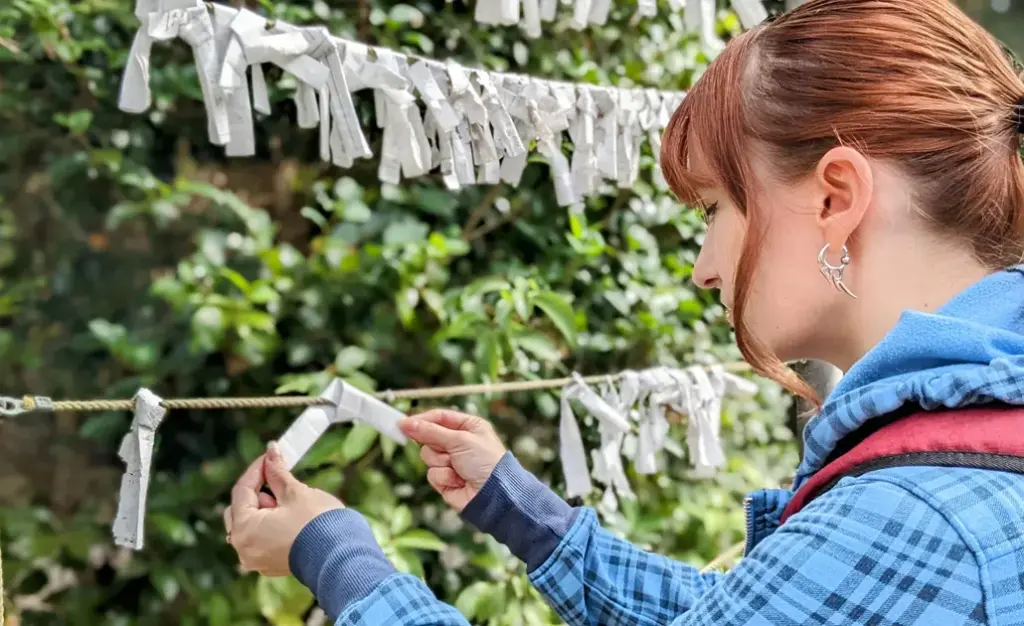
It is customary to tie the Omikuji to a designated area at the shrine, but you may also take it home if you prefer.
Ema (Wishing Plaques)
Ema are wooden plaques on which people write their wishes and prayers, hoping for their fulfillment.
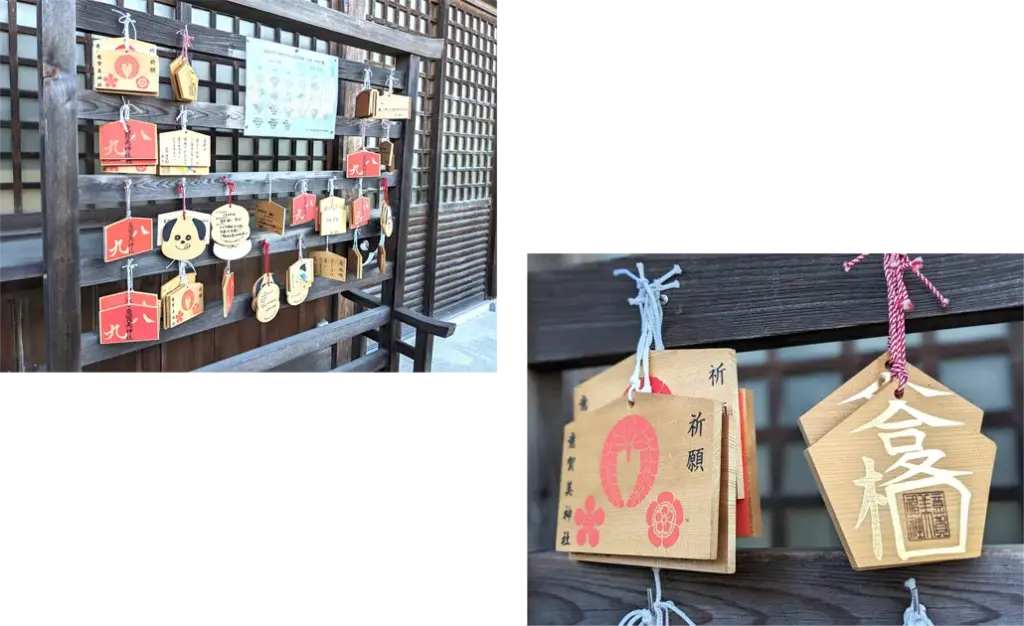
During exam season, many Ema are dedicated for success in studies, reflecting people’s prayers and hopes.
※ Availability of Goshuin, Omamori, Omikuji, and Ema varies by shrine, and some shrines may not have staff present at all times.
Shrine Worship Etiquette: The Spirit and Practice of Worship
(Based on the Jinja Honcho YouTube Video)
Japanese Version:https://www.youtube.com/watch?v=kVbr_HTWovE
Jinja Honcho (Association of Shinto Shrines)
Address: 1-1-2 Yoyogi, Shibuya-ku, Tokyo 151-0053, Japan
Established on February 3, 1946, Jinja Honcho is an organization that oversees approximately 80,000 Shinto shrines across Japan, with Ise Jingu as its principal shrine.
https://www.jinjahoncho.or.jp
Etiquette for Visiting Temples
At the entrance of a temple, you will find a gate called Sanmon.
The Sanmon serves as the boundary between the secular world and the sacred temple grounds, marking the entrance to the realm where Buddha resides.
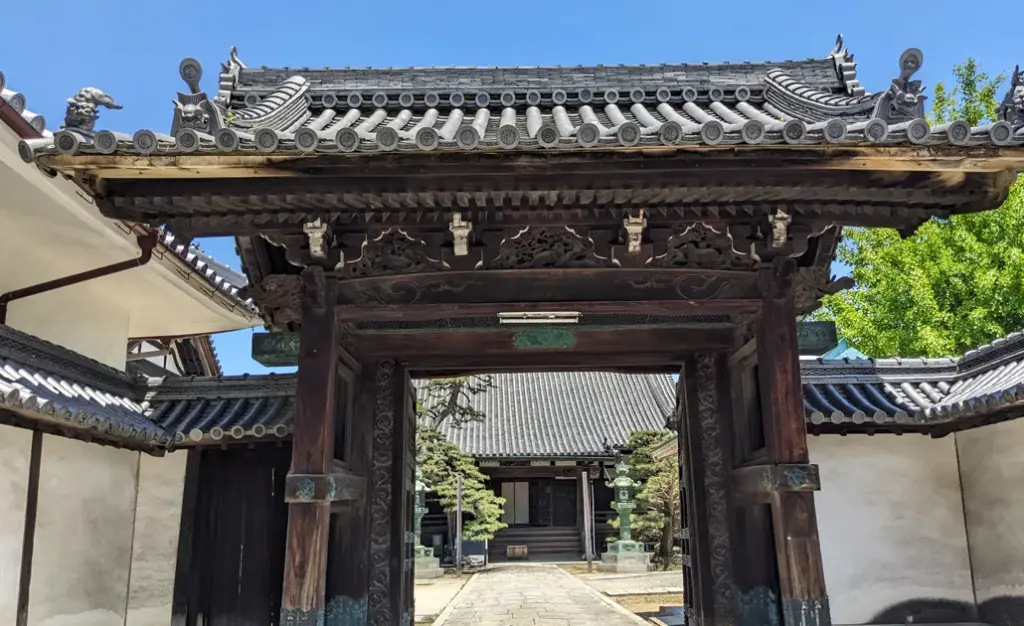
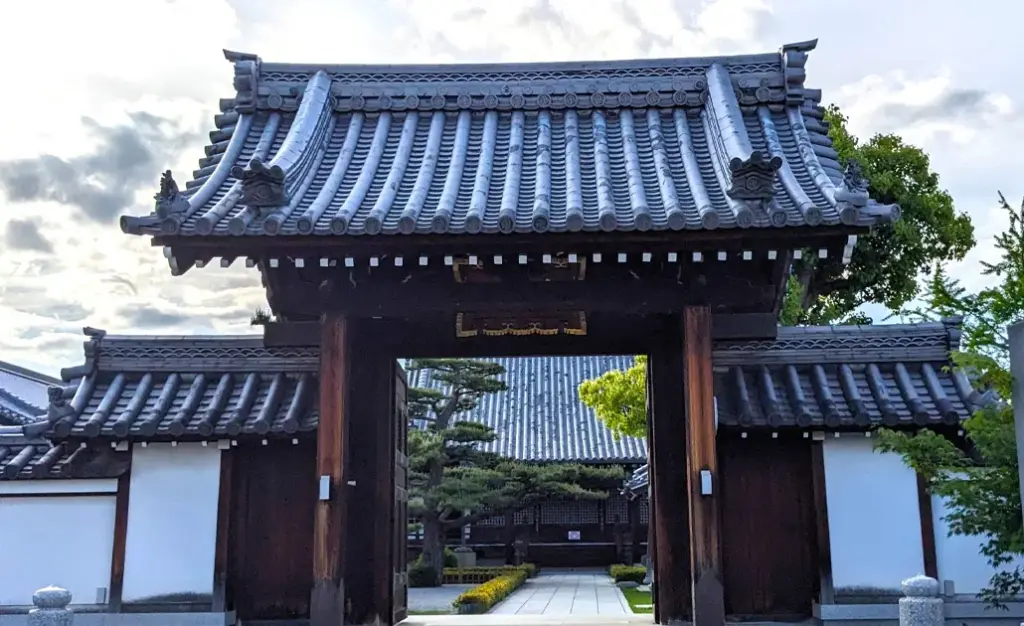
Steps for Proper Shrine Worship
① Bow before passing through the gate and avoid stepping on the threshold.
② Offer a donation quietly and put your hands together in prayer. Unlike at shrines, do not clap your hands.
※ Rituals may vary by Buddhist sect, such as chanting specific prayers.
③ Express gratitude for your daily well-being and pray with a pure heart.
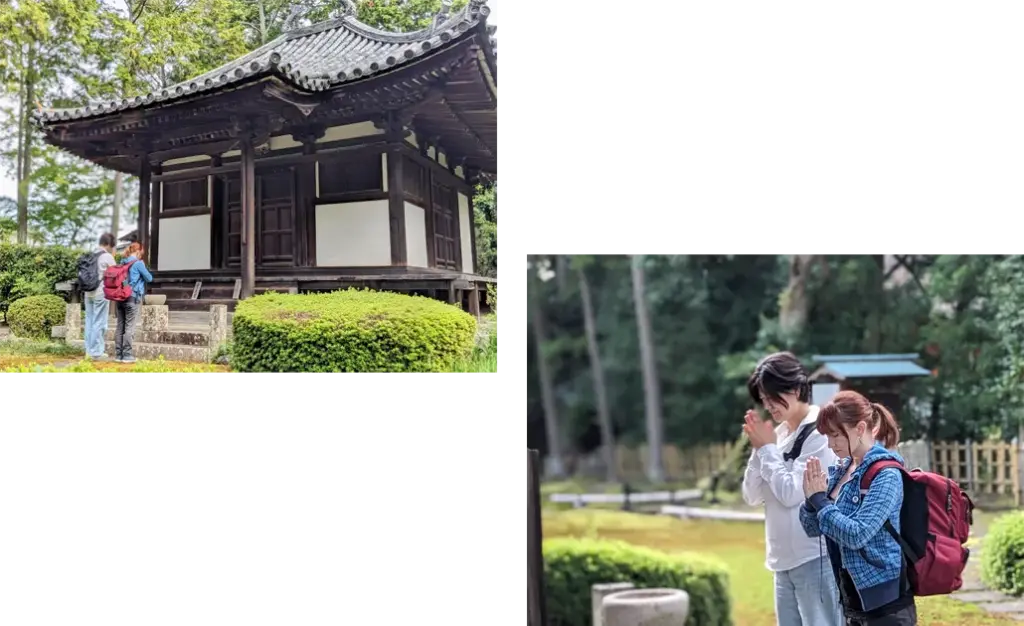
Ring the temple bell and receive Omamori (protective charms) or Goshuin after completing your prayers.
Availability of bells, Omamori, and Goshuin varies by temple.
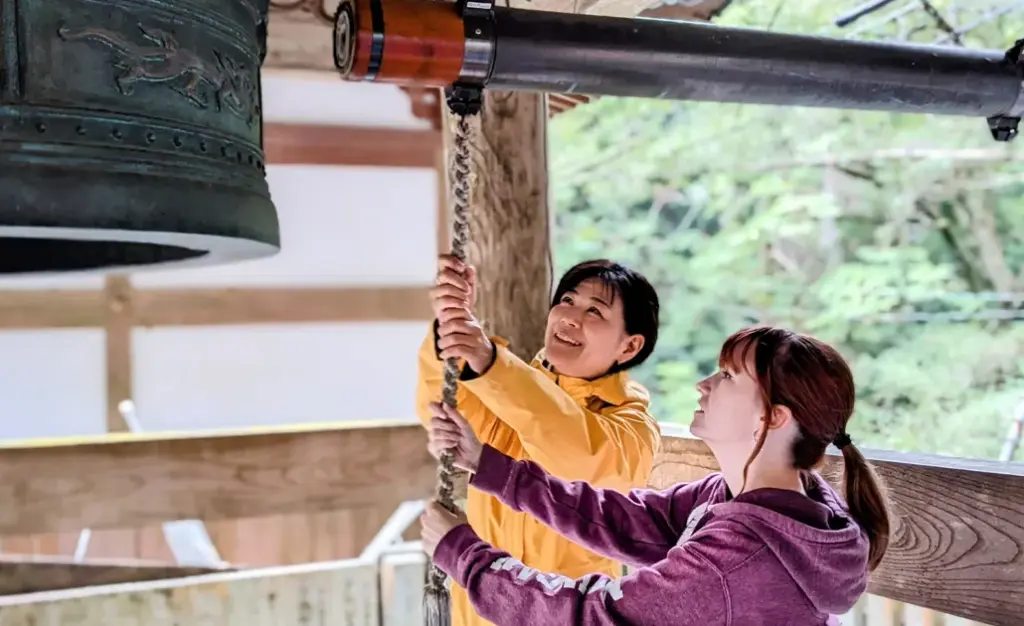
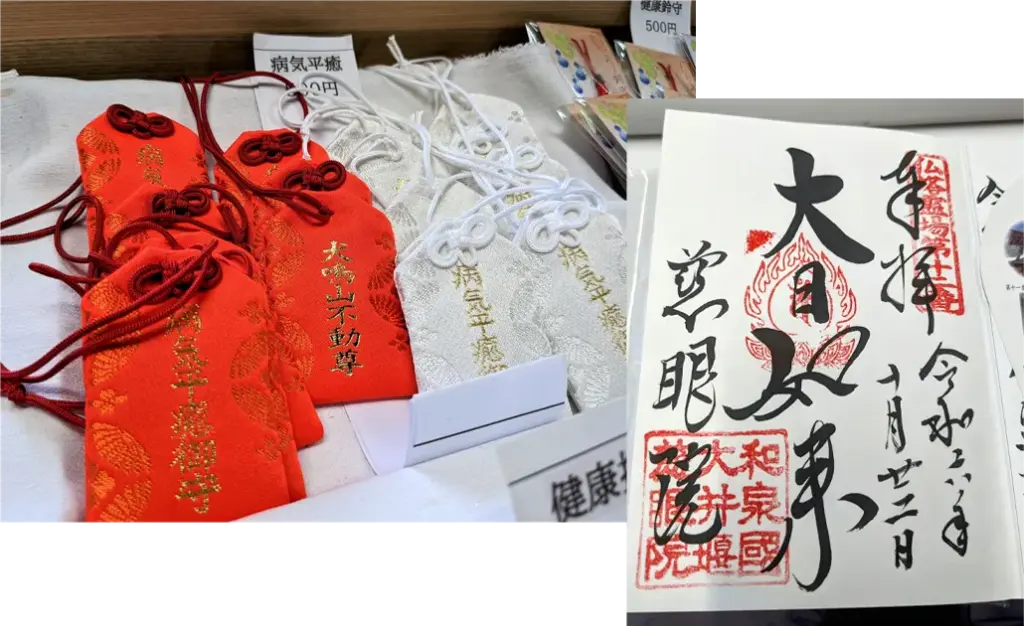
●How to Enjoy Japanese Onsens & Public Baths●
Follow proper etiquette at onsens and sento to ensure a comfortable experience for yourself and those around you.
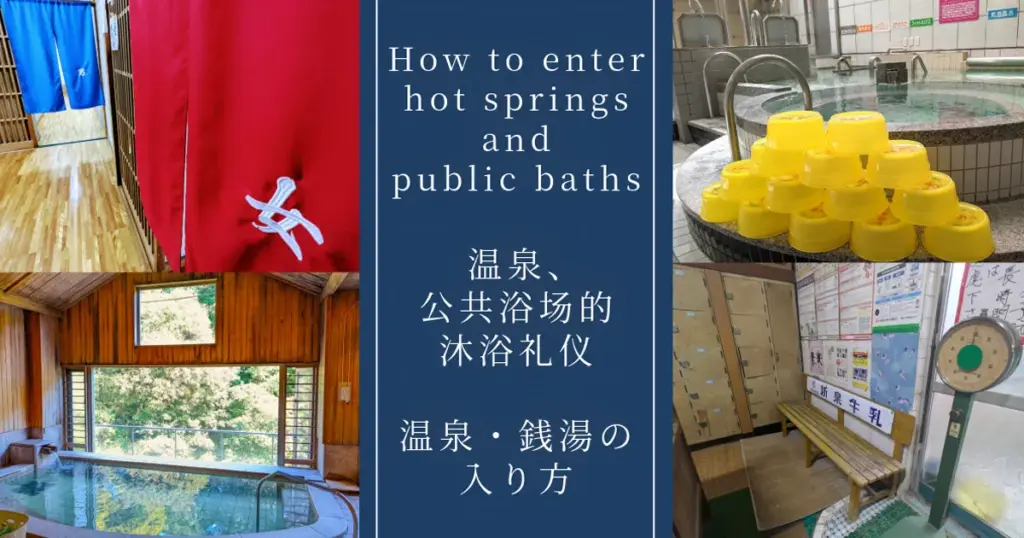
♨Do You Know the Difference Between an Onsen and a Sento?
Japan has two unique bathing cultures: onsens and sentos, each with distinct characteristics.
- Onsens use naturally heated geothermal water that must contain specific minerals and have a temperature of at least 25°C. Many onsens are located in scenic areas, such as mountains or by the sea, allowing visitors to relax while enjoying nature.
- Sentos are public bathhouses commonly found in urban areas, using heated tap water instead of natural hot springs. Unlike onsens, sentos serve as a communal space where locals gather for relaxation as part of daily life. Many sentos feature various types of baths, such as jet baths and electric baths.
Onsens offer a special experience to enjoy nature’s blessings, while sentos provide a glimpse into Japan’s everyday culture—both are worth experiencing!
1.Remove Your Shoes
・Always remove your shoes before entering the facility.
・Place them in the designated shoe locker or slipper storage area at the entrance.
2.Before Entering the Bath
・In the changing room, remove all clothing before entering the bath area.
・You may bring a small towel into the bathing area, but do not put it in the bathwater.
・Use a locker to store your valuables and clothes safely.
3.Rinse Before Entering the Bath
・Before entering the bath, perform kakeyu, which involves pouring warm water over your body to cleanse sweat and dirt.
・Use soap and shampoo to wash your body thoroughly at the shower station before soaking in the bath.
4.Bathing Manners
・Keep your towel outside the bath or place it on your head—do not put it in the water.
・The bath is a place to relax, so avoid swimming, diving, loud talking, or causing disturbances.
・If you have long hair, tie it up or use a shower cap before entering the bath.
5.Using the Washing Area
・Sit down while washing your body to prevent splashing water on others.
・Turn off the shower and return the faucet to its original position after use to avoid wasting water.
6.Dry Yourself Before Leaving
・Towel-dry your body before exiting the bath area to keep the changing room and other spaces dry.
7.Tattoo Policy
・Some onsens and sentos in Japan do not allow tattoos. Check the rules in advance or use cover stickers to hide your tattoos if necessary.
8.No Eating or Drinking
・Eating and drinking are not allowed inside the bath area. Stay hydrated in the changing room or designated rest areas.
9.If You Are Visiting with Children
・Ensure that children remain quiet and do not disturb other guests.
・Always supervise your children while in the bath area.
10.Be Mindful of Your Health
・Do not stay in the bath for too long, as it may cause dizziness or discomfort. Enjoy in moderation.
・Always supervise your children while in the bath area.Avoid bathing after drinking alcohol, as it can be dangerous and may cause dizziness or fainting.
11.No Laundry or Hair Dyeing
・Washing clothes or dyeing hair in the bath area is strictly prohibited, as it disturbs other guests.
12.No Phones or Cameras in the Bath Area
・To protect privacy, photography and phone use are strictly prohibited in the bath area. Do not bring mobile devices into the bathing space.
日本のマナーガイド
Japanese Etiquette Guide

